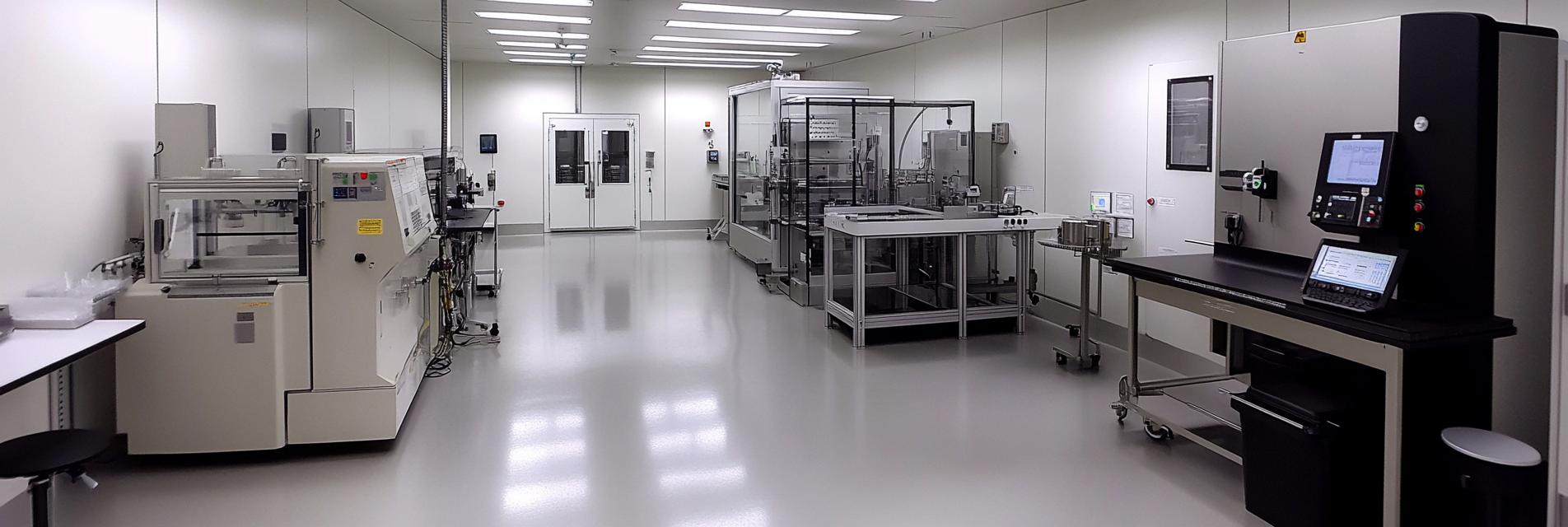The electrode industry has been undergoing significant changes driven by technological advancements. One such transformative innovation is the adoption of wet graphite processing centers, which promise substantial improvements in manufacturing processes. This article provides a thorough analysis of the current issues faced by the electrode industry and how wet graphite processing centers present viable solutions.
The electrode industry has been challenged by various factors such as increasing demand for high-quality electrodes, the need for precision in manufacturing, and the pressure to reduce production costs. Many manufacturers struggle with traditional graphite processing methods that are time-consuming and often yield inconsistent quality.
Wet graphite processing centers have emerged as a cutting-edge solution to these challenges. By utilizing a wet grinding technique, these centers allow for finer particle sizes and better dispersion of graphite in the manufacturing process. This leads to improvements in both the quality and consistency of the final products.
Moreover, the wet processing method reduces dust emissions and enhances workplace safety, addressing environmental concerns that are increasingly crucial in today's manufacturing landscape. As companies strive to adopt greener practices, wet graphite processing stands out as an eco-friendly alternative.
The immediate benefits of integrating wet graphite processing centers in manufacturing include:
Wet graphite processing centers represent a pivotal advancement in the electrode industry, facilitating a shift towards more efficient and sustainable manufacturing practices. As businesses continue to adapt to the challenges and demands of the modern market, embracing such innovations will be key to maintaining competitiveness and fostering growth.

As the electrode industry evolves, the integration of wet graphite processing centers sets the stage for unprecedented levels of optimization and transformation.











